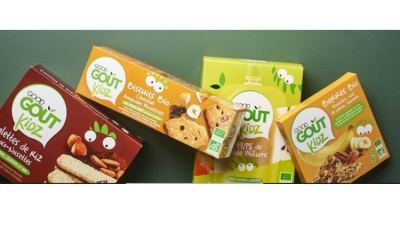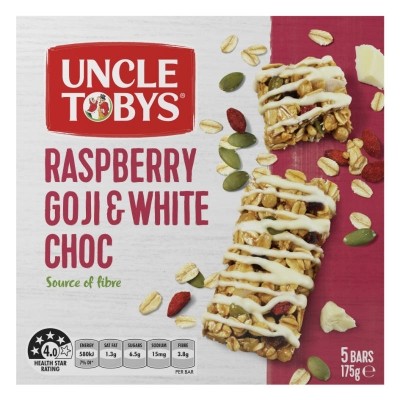Arsenic snack shock: RMIT study finds almost 75% of children rice snacks exceed EU recommendations

Researchers in Australia said this is concerning as baby food companies are increasingly shifting to organic products for perceived healthiness, but organic rice have been shown to contain more inorganic arsenic (iAs) than inorganic rice. iAs is known as a non-threshold human carcinogen.
The current Australian guidelines for tAs in food are based on adult consumption and are not protective of high-sensitivity consumers like infants and young children.
The study was published in the International Journal of Environmental Research and Public Health.
Sample and data collection
A total of 39 samples were selected from Australia’s supermarkets to represent four infant food categories: rice milk powder, rice cereal (rice porridge and rice congee), rice crackers (rice cakes and rice biscuits) and rice pasta.
The products covered different brands, countries of origin as well as various rice types, including brown, white, organic and inorganic rice.
Total arsenic (tAs) concentrations were determined by nitric acid digestion and ICP-MS while inorganic arsenic (iAs) was determined by acid extraction, followed by ICP-MS.
Findings
Researchers found rice milk powder contained the highest tAs concentrations, followed by rice pasta, rice cereal and rice crackers.
88% of the samples had tAs below the WHO/FAO proposed maximum level of 0.3 mg kg−1, except rice milk powder.
“It is generally considered that rice milk powder would be diluted with water before consumption, which lowers the final tAs concentration,” researchers explained.
The iAs concentrations were highest in rice milk powder too, followed by rice pasta and rice crackers. 75% of samples had iAs exceeding 0.1 mg kg−1 for infants and children, which is the recommended EU level.
This is concerning because iAs is considered more toxic than organic forms of arsenic which have relatively low toxicity.
Brown rice
In a surprising finding, researchers observed tAs concentration of brown rice-based crackers were significantly higher than that of white rice (p=0.02).
“The lower arsenic concentration in white rice crackers was most likely due to the outer layer (rice bran) that tends to contain high arsenic being removed during the polishing process. This finding is of particular concern because brown rice is generally considered a healthier choice due to its higher fibre and nutrient contents,” they wrote.
China lowest, US highest
Infant rice-based foods imported from China had the lowest mean tAs concentration (0.10 mg kg−1) of all the countries of origins of products tested which researchers state was a result of strict national maximum level in China for arsenic in rice (0.15 mg kg−1 for iAs).
Thailand and European countries such as Belgium and the Netherlands also had relatively lower tAs concentrations.
Products imported from US had the highest mean tAs concentration (0.24 mg kg−1), which researchers suggested was due to US being affected by tAs contamination in groundwater, especially in certain areas used in irrigation.
In addition, there is no maximum levels for arsenic in the US, however, a recently proposed draft guidance suggests an action level of 0.1 mg kg−1 for iAs in rice cereal for infants.
Rice-based foods produced in Australia and products made from Australian and imported ingredients had mean tAs concentrations of 0.21 mg kg−1 and 0.18 mg kg−1, respectively.
The findings indicate that Australian infants and children who consume large amounts of rice-based products may be exposed to high amounts of arsenic and its negative health impact.
Researchers said this is concerning as rice-based products are widely used to feed infants and children for its low allergic potential, iron fortification, and bland taste. There is the potential for higher levels of arsenic exposure in infants and young children than the general population as they have a higher food consumption rate per body weight basis.
Moreover, the current Australian guidelines for arsenic in rice (1 mg kg−1) is more than three times higher than the WHO/FAO proposed maximum level.
Source: International Journal of Environmental Research and Public Health
https://doi.org/10.3390/ijerph17020415
“Arsenic Concentrations and Dietary Exposure in Rice-Based Infant Food in Australia”
Authors: Zhuyun Gu, et al.





















